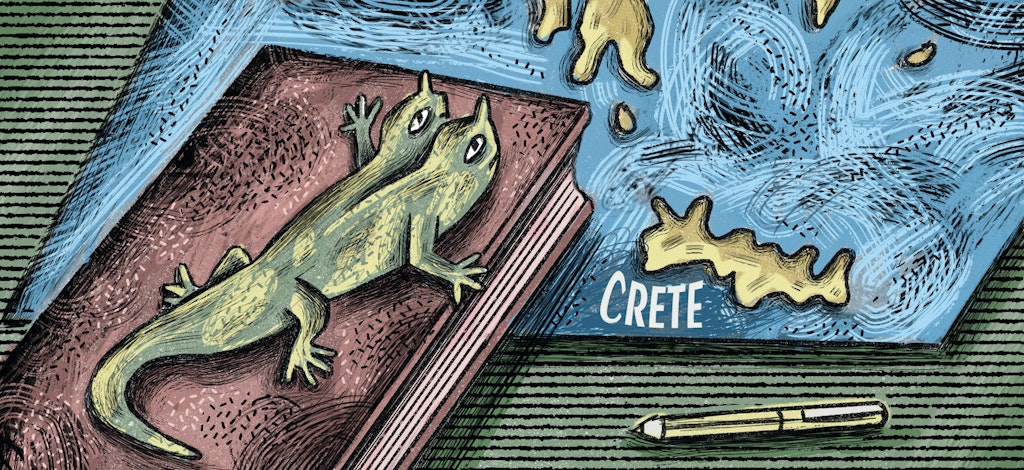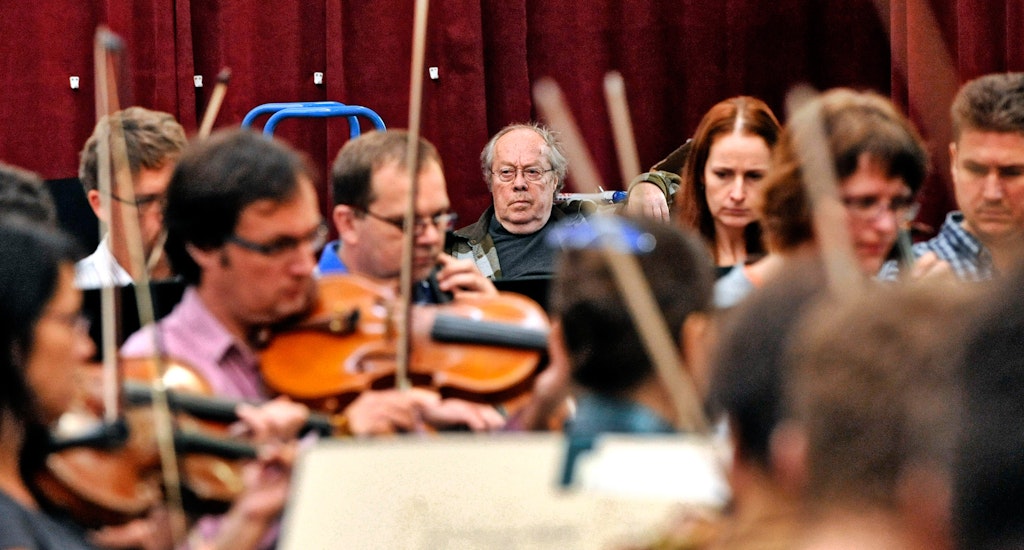Policing the far Left
Emma Webb says the police are damned if the do, but even more damned in the long run if they don’t
On Good Friday, police entered a Catholic Church in Balham during a service and told worshippers to go home, threatening fines and arrests if they failed to leave. A day later, in Bristol, officers stood by playing with a dog while hundreds of far-Left protesters had a dance party by the harbour.
Like a mother appeasing a petulant child, when it comes to policing the far Left, the police are damned if they do but even more damned in the long run if they don’t.
The police are damned if they do but even more damned in the long run if they don’t
Our judgement is clouded partly because, on a surface level, their causes seem agreeable. There is broad concern about the draconian drift society has taken, the behaviour of police or some of the proposed limits on protests. That is one reason why, when images emerged of officers manhandling women at the Sarah Everard vigil, there was a stampede of condemnation.
But it was quickly apparent to anyone whose criticisms were made in good faith that there was more to events than met the eye. As we have seen over the past year, there are some activists who will use any event to announce an emergency and call for radical systemic change. The tragic murder of Everard was almost instantly hijacked by those who wanted to make events about themselves and their cause. This was clear when photos emerged of some who had turned up to the vigil with signs reading “ACAB” (All Cops are Bastards) and “Defund the Police”.
As it transpired, the Police Federation reported that after the majority of attendees had gone home, a small group of Antifa, Black Lives Matter and Extinction Rebellion protesters hijacked the night. Twenty-six officers were assaulted, including one black female officer who was racially abused. Given this, it was probably fair that the police watchdog found this week that, even though mistakes were made, the police acted “appropriately.”
Unfortunately, the facts came too late; the horse had already bolted.
In less than twenty-four hours, the protests had morphed into an anti-police movement, eventually pitching itself as a protest against Police, Crime, Sentencing and Courts Bill – #KillTheBill. Certainly, there are aspects of the Bill that are objectionable to any freedom-loving democrat – but on closer inspection, that is not what these protests are about. The Bill provided yet another hook for these groups to promote their complimentary radical agendas.
In recent weeks, protesters unleashed carnage on the streets of Bristol. 20 officers were injured and 12 police vehicles damaged. A police van was set ablaze and the windows of Bridewell police station were smashed, fireworks were fired into the crowd, property vandalised, glass bottles were thrown at police and lasers shone in their faces.
Over the weekend, more than a hundred people were arrested in central London including one woman who was found in possession of a knife. Just metres from the spot where PC Keith Palmer was murdered by an Islamist in 2017, protesters held a banner that read “Kill Cops” – adding some credence to suspicions that “Kill the Bill” is a convenient double entendre for the more radical elements.
Meanwhile, events in Bristol were remarkably jovial. Where the police were present, they were amenable, only putting their foot down towards the end of the evening when protesters marched down an A road, stopping the traffic. Yet, it was the literature circulating in the crowd that was most telling of all.
There was more far-Left iconography than you could shake a hammer and sickle at
The crowd was a mixture of those who had turned up to have a jolly, alongside groups like Extinction Rebellion, the Socialist Party, the Young Communist League, the Green and Black Cross, and Socialist Appeal, whose banner read “Capitalism is Racist”. Some carried the red and black flag of Anarcho-Communism, while others dressed in the black bloc uniform associated with Antifa; overall there was more far-Left iconography than you could shake a hammer and sickle at.
Helpfully, someone had arranged for Colston’s now empty plinth to be boarded up with a space designated for protesters to write their thoughts, giving a unique insight into their motivations and ideas. By the end of the day, it was scrawled with messages like “Next stop Churchill”, “kill all toryies” [sic], “Cull tories save badgers”, “Police work in the interests of the capitalist class,” and a quote from John F. Kennedy: “Those who make peaceful revolution impossible make violent revolution inevitable.”
Assuming pink-haired student occupiers were not experiencing a sudden flash of self-awareness and sympathy for native Bristolians, messaging like “Get off my land” and talk of “indigenous” peoples were a direct import from the United States. But the connection to American radicalism is more than parroting slogans out of context.
A number of the leaflets being handed out primarily by those dressed in black bloc provided operational advice on how to conceal your identity while protesting, and provided contact details using Riseup.net email addresses. This is the secure encrypted email provider of the Seattle-based Rise Up Collective. Their website states that they provide ‘communication and computer resources to allies engaged in struggles against capitalism and other forms of oppression’, and that they actively fight any attempt to subpoena from law enforcement.
Most interesting of all, these leaflets provided the “theory” that some clearly wanted to promote to the crowd: “Peaceful protest and nonviolence are often presented as the only ‘responsible’ way to ‘make a difference’. They are not the only way. The dogma of nonviolence and pacificism perpetuate privilege and serve the interests of the state and oppressor.”
It tells the reader that “the game of nonviolence is rigged”, to “never forget who the real enemy is.” It states that historical “struggles” often used as illustrations of the success of nonviolent ideology were not nonviolent at all, urging them to “learn from history”.
The same leaflet quotes Assata Shakur: “Nobody in the world, nobody in history, has ever gotten their freedom by appealing to the moral sense of the people who were oppressing them.” Shakur, a member of the Black Liberation Army (BLA), is a convicted cop-killer on the FBI’s “most wanted” list and her poetry was recited by the crowds at recent protests in London.
The laissez-faire approach of the police would be unthinkable if these protesters sat elsewhere on the political spectrum
Another leaflet instructs, “Do not fall into the narrative that there are “good protesters” and “bad protesters”. Collective rage is a human expression of necessity” and tells the reader that “self defence is not violence”.
Isn’t it remarkable that we cannot seem to see this for what it is?
In a recent interview, the government’s independent advisor on political violence, Lord Walney told The Telegraph that Right wing protests are “more likely to be criticised because of liberal biases” and he hoped to expose the “doublethink” over demonstrations. The disinterest and fearful laissez-faire approach of the police and public at large would be unthinkable if these protesters sat elsewhere on the political spectrum.
As the dance party went on into the night, surveyed by the statue of philosopher and parliamentarian Edmund Burke, it was difficult not to chuckle remembering his over-quoted but under-heeded words: “The only thing necessary for the triumph of evil is for good men to do nothing.”
Enjoying The Critic online? It's even better in print
Try five issues of Britain’s newest magazine for £10
Subscribe














